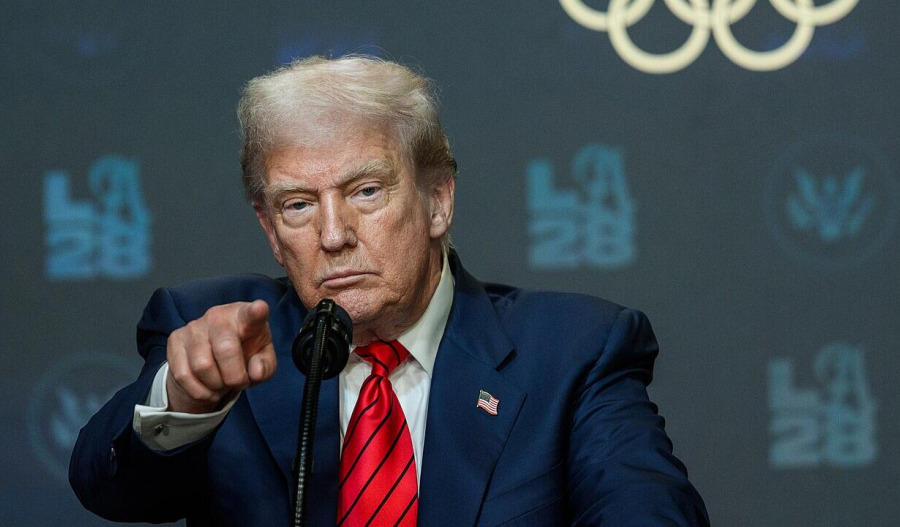Gold prices traded slightly lower during Asian trade on Friday, while futures prices surged after reports that the United States had imposed tariffs on imports of one-kilogram gold bars, fuelling safe-haven demand amid escalating trade tensions and growing expectations for a U.S. interest rate cut.
By 3:25 pm AEST (5:25 am GMT) spot gold eased $2.40 or 0.1% to US$3,393.94 per ounce, after earlier touching its highest level since 23 July.
The metal remains up 0.9% for the week, poised for a second consecutive weekly advance.
U.S. gold futures climbed to an all-time high, with the price spread between New York contracts and spot prices widening by more than $100.
The sharp divergence followed a Financial Times report on Thursday that U.S. Customs and Border Protection had reclassified certain bullion imports under a code subject to higher tariffs.
According to a letter dated 31 July and cited by the Financial Times, one-kilogram and 100-ounce gold bars will now fall under tariff-affected categories.
The change could significantly impact Switzerland, the world’s largest gold refining hub, which exports large volumes of bullion to the United States.
The move forms part of a broader tariff escalation under U.S. President Donald Trump. The higher import duties, affecting dozens of countries including Switzerland, Brazil and India, took effect on Thursday.
The policy shift has prompted major trade partners to seek renegotiated agreements in an effort to avoid the financial hit from Washington’s latest measures.
In addition to the trade policy shift, weaker U.S. labour market data has bolstered expectations for monetary easing by the Federal Reserve.
Figures released last week showed softer payroll growth, prompting traders to price in a 91.4% chance of a 25-basis-point rate cut at the Fed’s meeting next month, according to the CME Group FedWatch Tool.



